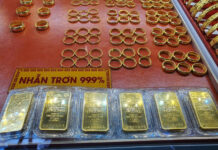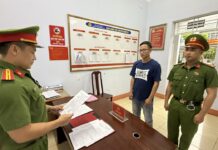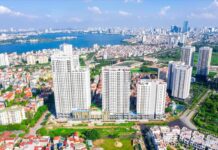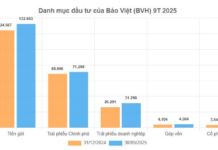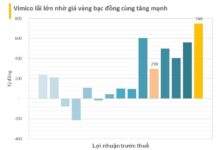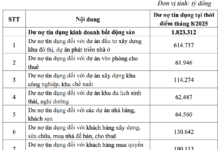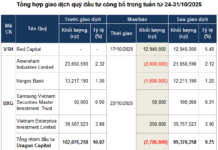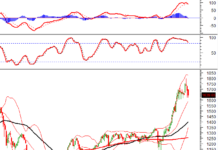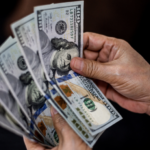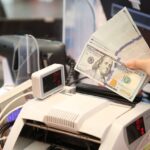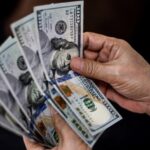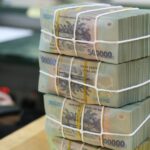In the newly released macroeconomic report, KB Securities Vietnam (KBSV) stated that the credit growth of the entire system as of the end of September 2025 reached 13.4% – the highest growth rate compared to the same period in many years. Meanwhile, deposit growth stood at 9.7%, creating a significant gap with the strong credit growth. With the consistent monetary policy easing throughout the year, the interest rate level has remained relatively stable. Banks have been injected with liquidity to support the overall growth objective through: (1) a 50% reduction in reserve requirements for banks acquiring weak credit institutions; (2) net injections by the State Bank of Vietnam (SBV) in the open market.
However, some banks have recorded credit growth exceeding 20% in the first nine months, which could put pressure on deposit interest rates.

According to KBSV, the State Bank of Vietnam will continue to maintain a low-interest rate policy for the remainder of 2025 to achieve the government’s economic growth target of over 8%. However, with system liquidity no longer abundant due to credit growth outpacing deposits, coupled with persistent exchange rate pressures at certain times, KBSV predicts a slight upward trend in deposit interest rates, especially as credit demand is expected to surge in Q4.
Nonetheless, KBSV believes that deposit interest rates will remain at a low level, equivalent to or lower than during the Covid period, aligning with the policy easing direction. Specifically, joint-stock commercial banks may increase rates by 0.2–0.3 percentage points for 6–12 month terms, while state-owned banks will maintain stable rates, primarily serving policy-oriented purposes.

According to KBSV’s survey, lending interest rates at many banks have stabilized in recent months after a significant reduction since the beginning of the year. Maintaining low lending rates for an extended period has played a crucial role in the economic recovery during the first three quarters of 2025, particularly in manufacturing, consumption, and real estate sectors.
However, KBSV assesses that the current interest rate level has likely bottomed out due to: (1) significant improvements in economic health; (2) deposit interest rates beginning to rise again amid high year-end capital demand; (3) a substantial decline in banks’ net interest margins (NIM). Therefore, analysts forecast a slight increase in lending rates in Q4, ensuring no reversal of the monetary policy easing trend.
Is the Sharp Rise in Black Market USD Rates a Cause for Concern?
The black market USD price is nearing the 28,000 VND/USD mark, surpassing the official market rate by over 1,000 VND/USD. Experts suggest that while the unofficial market is rising, it’s unlikely to significantly impact the overall economy, as the State Bank continues to intervene and stabilize USD rates within the banking sector.
Contrasting Free Market Exchange Rates: What to Expect by Year-End?
The US dollar’s value has skyrocketed in the free market recently, sparking widespread concern despite predictions of a positive exchange rate outlook by year-end.
Is the Sharp Rise in Black Market USD Rates a Cause for Concern?
The black market USD price is inching closer to 28,000 VND per USD, surpassing the official market rate by over 1,000 VND. Experts suggest that while the unofficial market is rising, it’s unlikely to significantly impact the broader economy, as the State Bank continues to intervene to stabilize USD rates within the banking sector.
How is the Free USD Rate Faring Post-State Bank’s Proposal for Inter-Ministerial Coordination?
The free USD exchange rate has stabilized following the State Bank’s request to the Ministry of Public Security to inspect, monitor, and regulate foreign exchange activities.






